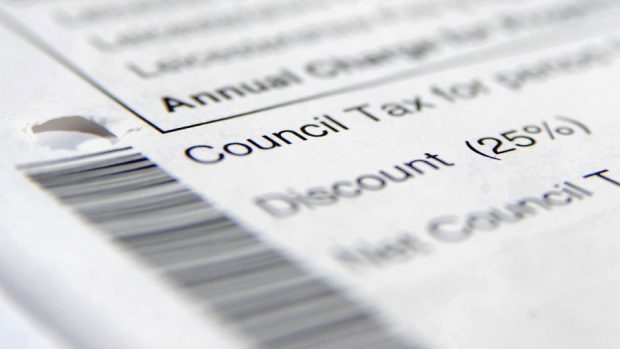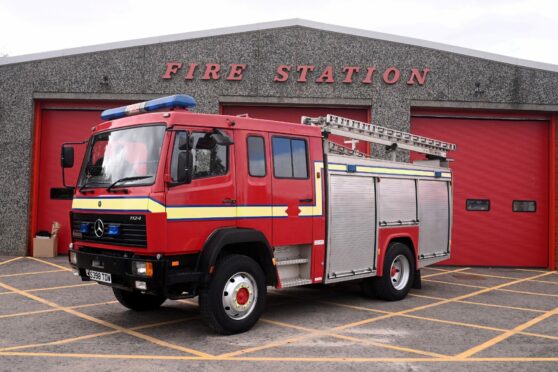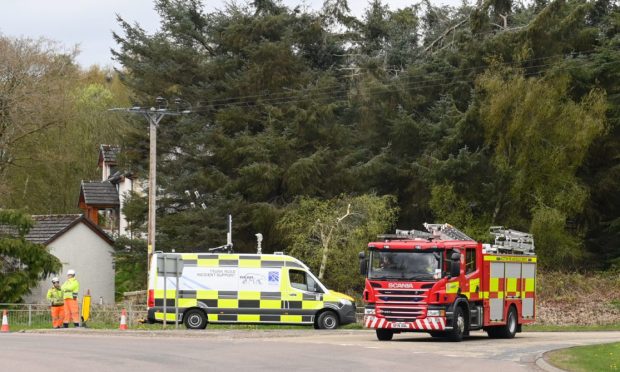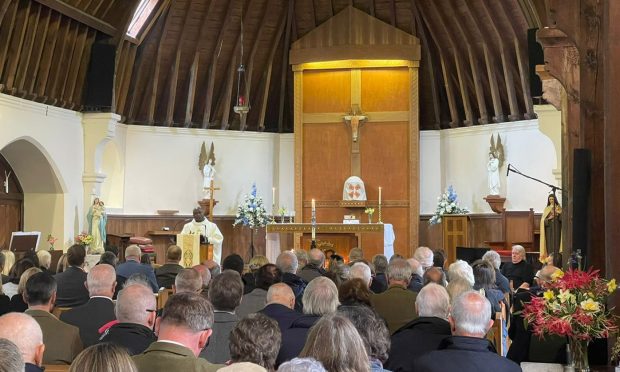Highland Council Trading Standards has warned residents to be on their guard against Council Tax scam telephone calls.
The scam involves unsuspecting consumers receiving a phone call about their current council tax bill and if they feel that they are paying too much.
The caller then offers to investigate further for an upfront fee of £69, asking the victim for debit card details to pay it.
The caller ID number used in one of the incidents reported to Highland Council Trading Standards was from telephone number: 0203 769 3102
David MacKenzie, Trading Standards Manager said: “We would like to warn all Highland residents not to be conned by these scammers and to hang up the phone when they receive this sort of call. The telephone number used is more than likely a “spoofed” telephone number and therefore very difficult to trace.
“”Spoofing” callers deliberately change the telephone number and/or name relayed as the Caller ID information. They do this to either hide their identity or to try to mimic the number of a real company or person who has nothing to do with the real caller. So for example, identity thieves who want to steal sensitive information such as bank account or login details, sometimes use spoofing to pretend they’re calling a bank or credit card company. Consumers can be caught out by this as some ‘spoofed’ telephone numbers may show up as a local area dialling code, such as 01463 etc”.
David MacKenzie adds, “We would also urge anyone who looks after vulnerable family members, neighbours or friends, to be on their guard against scam telephone calls of this kind and report any incident found.”
Council Tax payers are also reminded that the local authority may phone them to discuss tax issues, but not in the manner used by the scammers.










